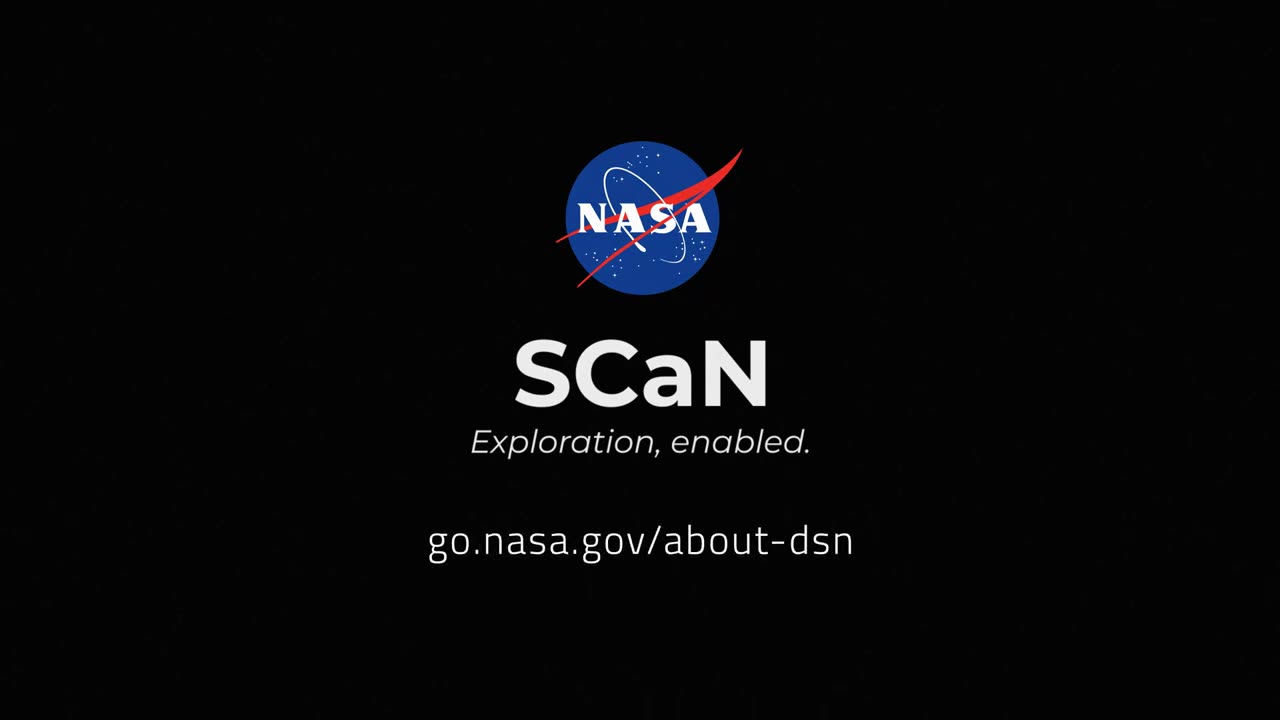Premium Only Content

How NASA Uses Gravity and Radio Waves to Study Planets and Moons
The Deep Space Network, NASA’s international collection of giant radio antennas used to communicate with spacecraft at the Moon and beyond, helps scientists and engineers use gravity and radio science experiments to learn more about our planetary neighborhood.
After reaching a spacecraft reaches its destination, it uses radio antennas to communicate with the Deep Space Network, which in turn transmits radio signals back to the spacecraft. Every spacecraft travels in a predetermined path emitting radio signals as it orbits around its target. Scientists and engineers can infer the spacecraft's location and how fast it's going by measuring changes in the spacecraft's radio signal frequency. This is made possible by the Doppler effect, the same phenomenon that causes a siren to sound different as it travels towards and away from you.
The Doppler phenomenon is observed here when the spacecraft and the Deep Space Network antenna move in relation to each other. Differences between the frequency of radio signals sent by the spacecraft as it orbits and signals received on Earth give us details about the gravitational field of a planetary body. For example, if the gravity is slightly stronger, the spacecraft will accelerate slightly more. If gravity is slightly weaker, the spacecraft will accelerate slightly less. By developing a model of the planetary body's gravitational field, which can be mapped as a gravitational shape, scientists and researchers can deduce information about its internal structure.
The Deep Space Network was developed by and is managed by NASA’s Jet Propulsion Laboratory (JPL) in Southern California. The antennas of the Deep Space Network are the indispensable link to robotic explorers venturing beyond Earth. They provide the crucial connection for commanding our spacecraft and receiving never-before-seen images and scientific information on Earth, propelling our understanding of the universe, our solar system and ultimately, our place within it.
JPL manages the Deep Space Network for the Space Communications and Navigation (SCaN) Program, based at NASA Headquarters within the Space Operations Mission Directorate.
-
 LIVE
LIVE
Nikko Ortiz
1 hour agoArena Breakout Better Than Tarkov? - Rumble LIVE
77 watching -
 LIVE
LIVE
GritsGG
5 hours agoDuos! Most Wins in WORLD! 3680+!
87 watching -
 DVR
DVR
Kim Iversen
2 hours agoSnake Eyes to Charlie Kirk: Is Life Copying this Hollywood Script?
19.1K29 -
 1:05:24
1:05:24
TheCrucible
2 hours agoThe Extravaganza! EP: 44 (9/29/25)
86.5K5 -
 1:39:07
1:39:07
Redacted News
3 hours agoThe FBI's Charlie Kirk assassination story has fully collapsed as new details emerge | Redacted News
139K115 -
 1:15:20
1:15:20
vivafrei
5 hours agoLive with The Blaze's Steve Baker: Jan. 6 Fed-Surrection and Patel's Clarification Adds Confusion!
162K38 -
 LIVE
LIVE
Futures Edge: Finance Unfiltered with Jim Iuorio and Bob Iaccino
3 hours ago $1.34 earnedSeptember Surge: What It Means for Q4
80 watching -
 1:41:57
1:41:57
The Quartering
5 hours agoMotive In Church Attack Revealed, Dangerous Walmart Food Kills, Eric Adams Out & More
167K42 -
 1:18:04
1:18:04
The Trish Regan Show
3 hours agoBREAKING: NFL Picks Anti-Trump Rapper Bad Bunny for Super Bowl—Risking MASSIVE Fan Boycott!
32.8K10 -
 45:18
45:18
Stephen Gardner
4 hours ago🚨EXPOSED: Real reason Trump preparing for war - Tulsi Gabbard WARNS Trump!!
42.3K42